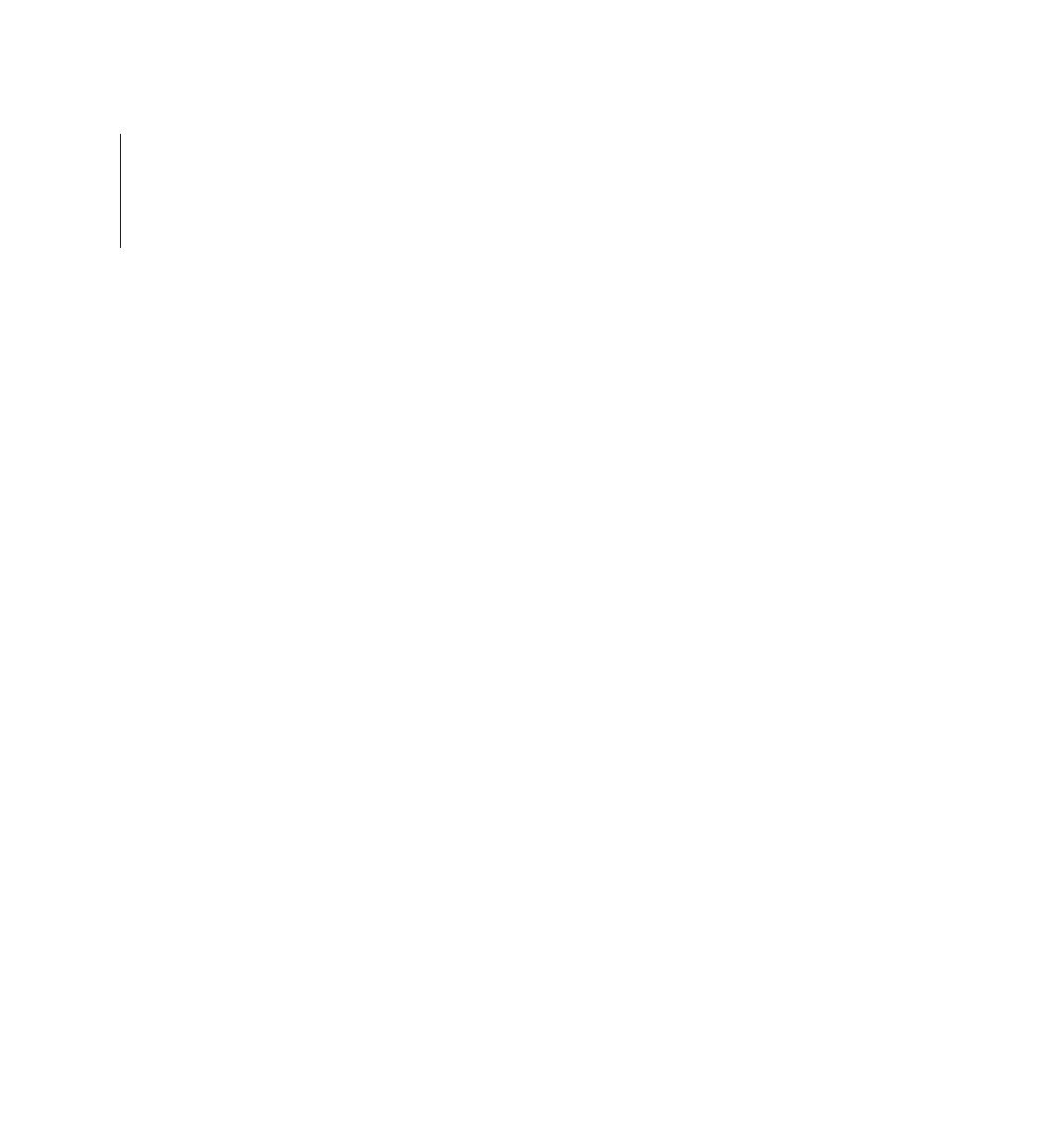Agriculture Reference
In-Depth Information
Potassium K and Sulfur S
From the worksheet:
Potassium K+
ppm
Desired
Found
Deficit
178
89
-89
Add 89 ppm
(178#)
Potassium K
K Base Saturation 2-5 %
2.0%
The most readily available and least expensive, USDAorganic approved
Potassium source is Potassium sulfate (usually known in the fertilizer trade as
Sulfate of Potash
or just SOP) which
is 51% potash (K2O), and 17.5% Sulfur
.
The fertilizer label in the USAwould read
0-0-51 17.5S
. Earlier we determined that
potash was 83% elemental K, so the actual amount of K in Potassium sulfate is
83% of 51%:
0.51 x 0.83 = 0.423 or 42.3% actual K
We need 178# of K:
178 / 0.423 = 421#
We need to add 421# of Sulfate of Potash 0-0-50 to this soil.
Potassium K+
ppm
Desired
Found
Deficit
178
89
-89
Add
421
# Sulfate of Potash 0-0-51
K Base Saturation 2-5 %
2.0%
According to our table of Typical Mineral Content, Sulfate of Potash is 17.5% S, so
the amount of Sulfur we are getting in this K2SO4 is
421 x 0.175 =
74# Sulfur
Our worksheet calls for adding 138# of S, so we are still 63# short
. This could
be remedied by adding 70# of 90% ag Sulfur, (63# / .9 = 70#) but let's hold off on
that. We still have 78# of Iron, 68# of Manganese, and 14.28# of Copper to
calculate into the prescription, all of which will be added in sulfate form.
Sodium Na
This soil needs
26# of Sodium
. Sea salt or mined salt deposits from ancient sea
beds are good trace mineral sources. Sea salt contains at least 80 different
minerals.















